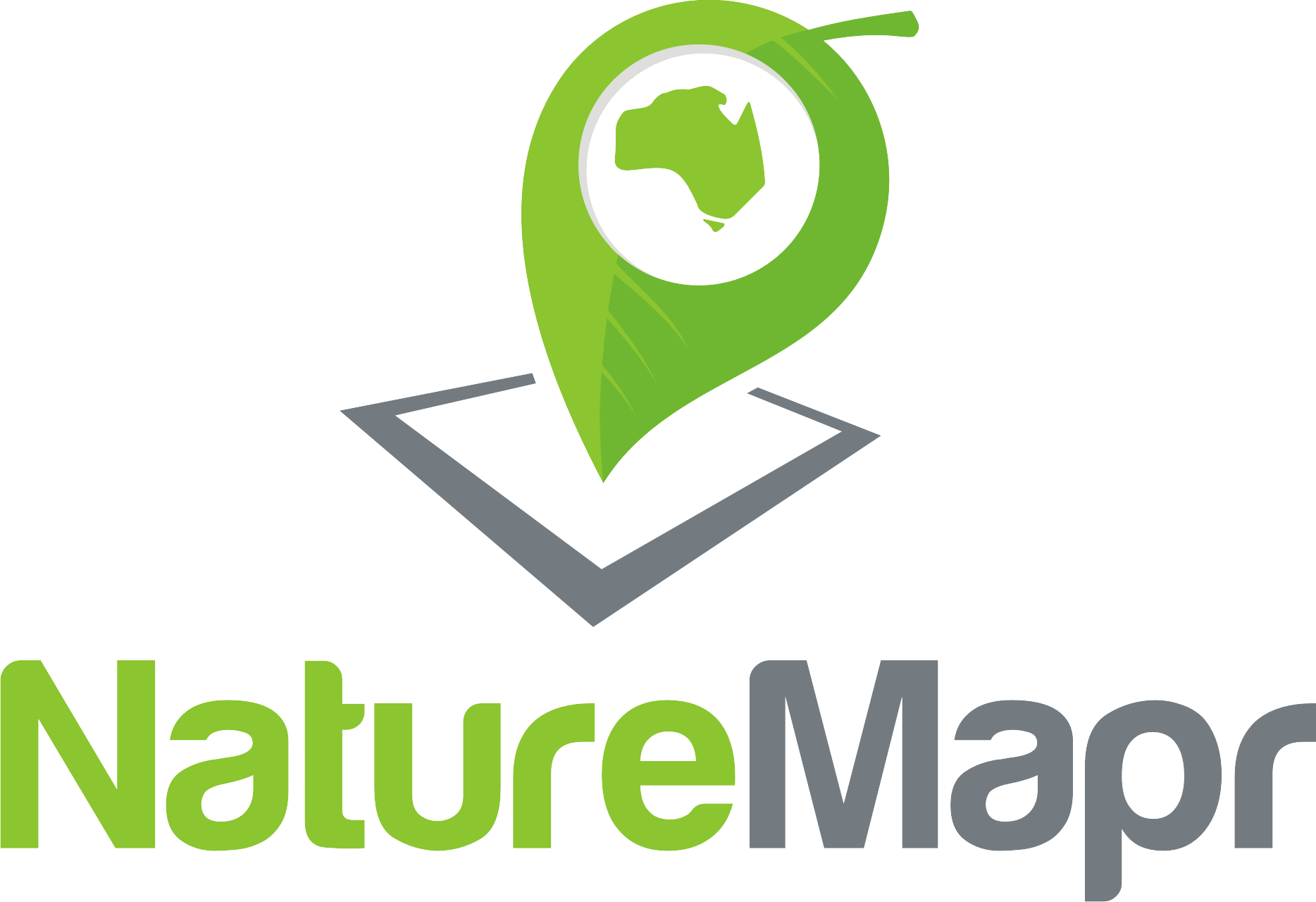After two years of threatened species monitoring in Albury, in 2020 Albury Conservation Company has expanded our program into Wodonga.
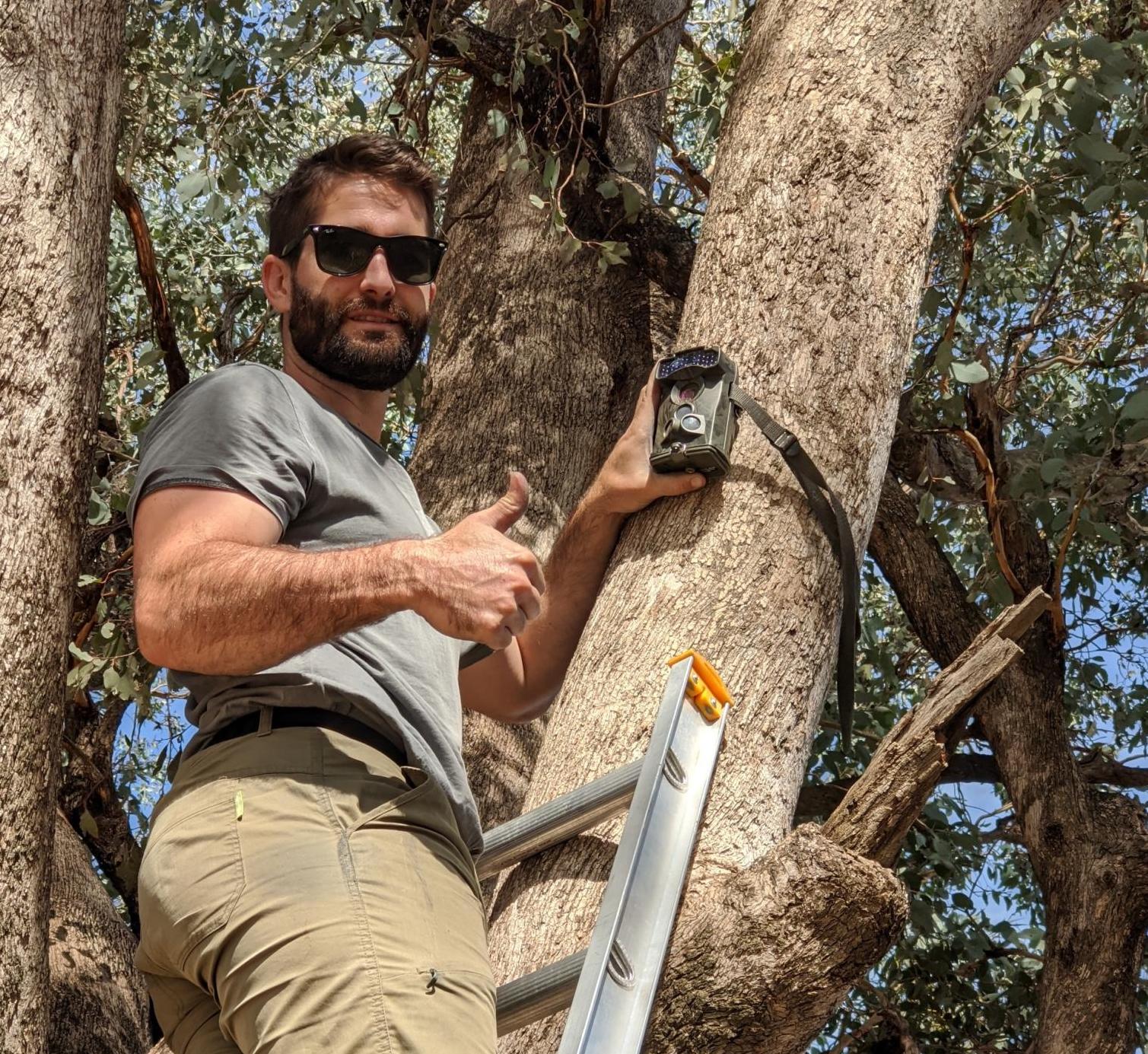
Albury Conservation Company’s ecologist Dylan McWhinney installing a motion-sensing camera to monitor Squirrel Gliders in Thurgoona, NSW (2020)
When and how did the program start?
- June 2018 – Albury Conservation Company started a threatened species monitoring program across Thurgoona/Wirlinga, the major urban growth area of Albury. The initial focus of the program was the Squirrel Glider (Petaurus norfolcensis).
- The program is based on a monitoring plan funded by Albury Conservation Company (with NSW Department of Industry – Lands), and produced by the Australian Research Centre for Urban Ecology in December 2016. In early 2017 the plan was addended following a peer review conducted by Dr Damian Michael, Board Dirctor of Albury Conservation Company and Senior Research Fellow at Charles Sturt University.
- The program was initially funded entirely by Albury Conservation Company, including advertising for and recruiting a wildlife ecologist (Dylan McWhinney, DM Ecological) in April 2018.
- Potential monitoring sites were identified and mapped by Liam Grimmett (LG Spatial) on behalf of Albury Conservation Company.
- Permits were obtained to undertake the research, including Animal Ethics approval from Charles Sturt University, a wildlife research permit from NSW Government, and site access was negotiated with a variety of land owners, including the Albury Environmental Land network.
Why is the monitoring being done?
- Squirrel Gliders are a threatened species in NSW, listed as ‘vulnerable’. The species is listed as Endangered in Victoria. This means they are on the slippery slope to extinction.
- Thurgoona / Wirlinga contains a regionally significant population of Squirrel Gliders, however they face an uncertain future in Albury’s growth area. If we are not careful, they are at risk of becoming locally extinct.
- Until we began the program, the surveying of gliders had been site-specific (e.g. a requirement of an individual development application), or opportunistic (e.g. nestbox checks). Hence we did not know whether the local glider population was increasing, stable or in decline.
- Our monitoring program aims to provide scientific evidence of the health of our local Squirrel Glider population, and to raise the alarm if a serious threat is detected at specific sites, allowing responsible stakeholders the opportunity to act. Before it is too late!
How is the monitoring being done?
- The main tool being used to monitor for Squirrel Gliders are motion-sensing cameras. Albury Conservation Company uses 70 cameras in the program, purchased thanks to two grants from Wettenhall Environment Trust and public donations to our 2018 Edge Pledge campaign.
- Our ecologist Dylan McWhinney is deploying the cameras at the following rates: 60+ sites per survey effort in both Albury and Wodonga, two survey efforts annually (autumn and spring), each camera is deployed for 10 days per site.
- The cameras are placed at a variety of sites around Thurgoona / Wirlinga (Albury) and Leneva /Baranduda (Wodonga) including: urban, peri-urban (approved development / proposed development), rural, riparian, remnant woodland, roadside reserves and revegetation.
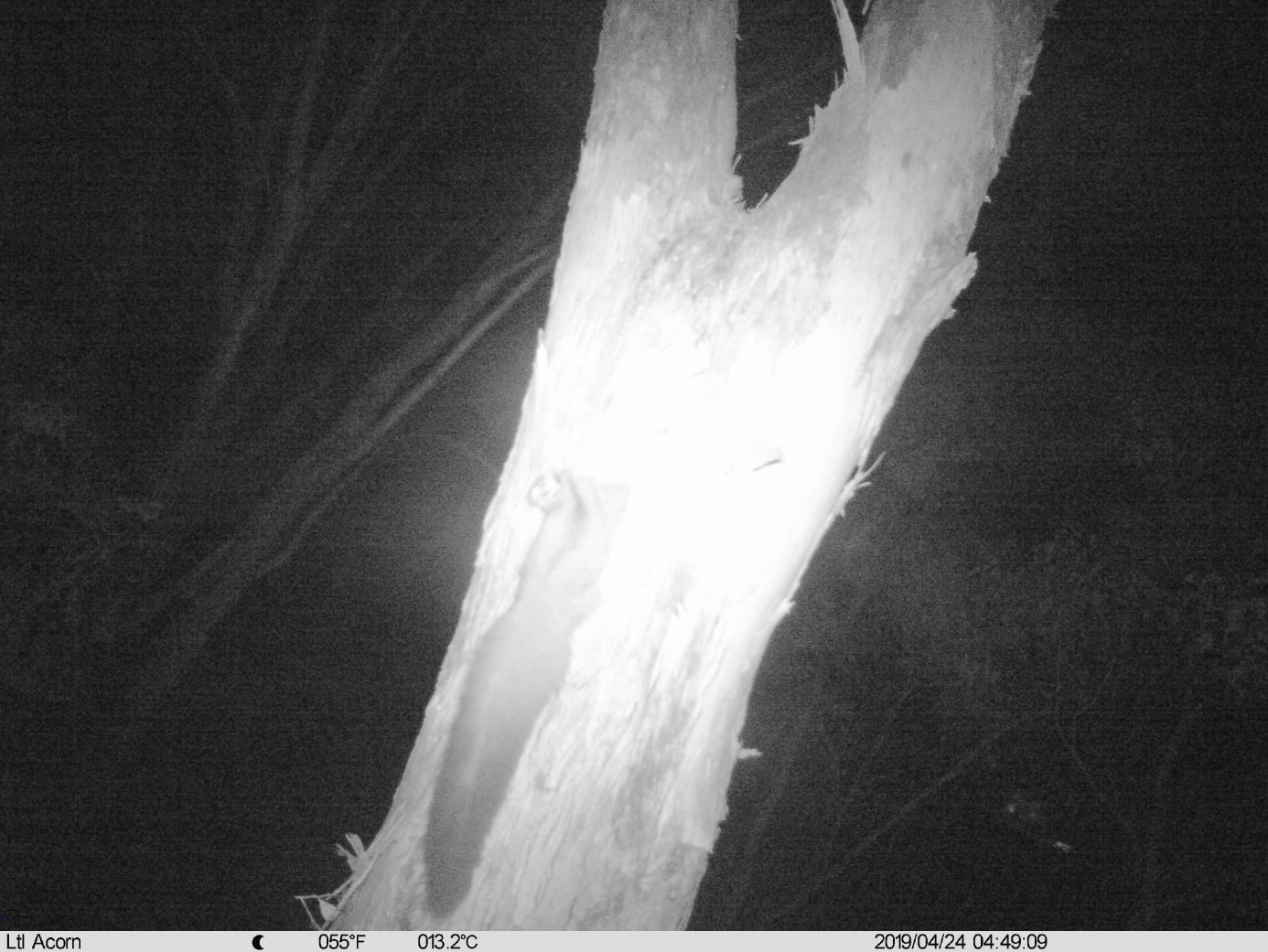
A Squirrel Glider detected during our autumn 2019 round of monitoring.
What are the results of the program so far?
- This report completes two years of strategic monitoring of Squirrel Gliders (as well as birds) by our ecologist Dylan McWhinney throughout Albury’s major urban growth area.
- A total of 68 sites in Albury have now been monitored at least once across the four monitoring periods so far: Winter 2018, Spring 2018, Autumn 2019 and Spring 2019.
- Squirrel Gliders have been detected at 45 of these 68 Albury sites (66% of sites monitored).
- The overall Squirrel Glider detection rate at sites monitored across Albury has decreased over the two years of our program:
- 40% in Winter 2018
- 33% in Spring 2018
- 32% in Autumn 2019
- 30% in Spring 2019
- 35% in Autumn 2020
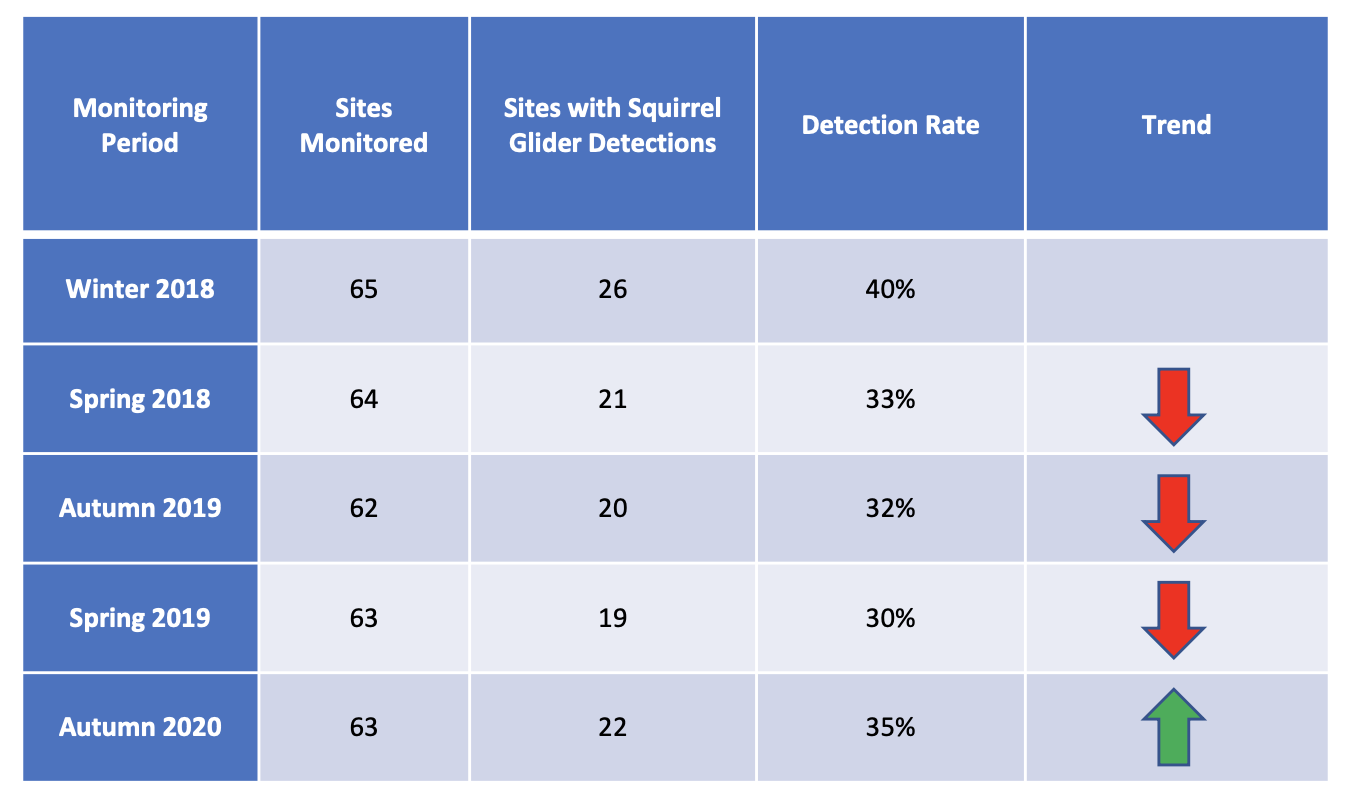
- This data represents valuable baseline information that will help assess how our local Squirrel Glider populations are responding over time as urbanisation continues in Albury.
- Our monitoring program in Albury has been gratefully funded for the last 18 months by Albury City Council.
- In winter 2020, we expanded our monitoring program into Wodonga. 48 sites were monitored in the first round and Squirrel Gliders were detected at 26% of the total sites.
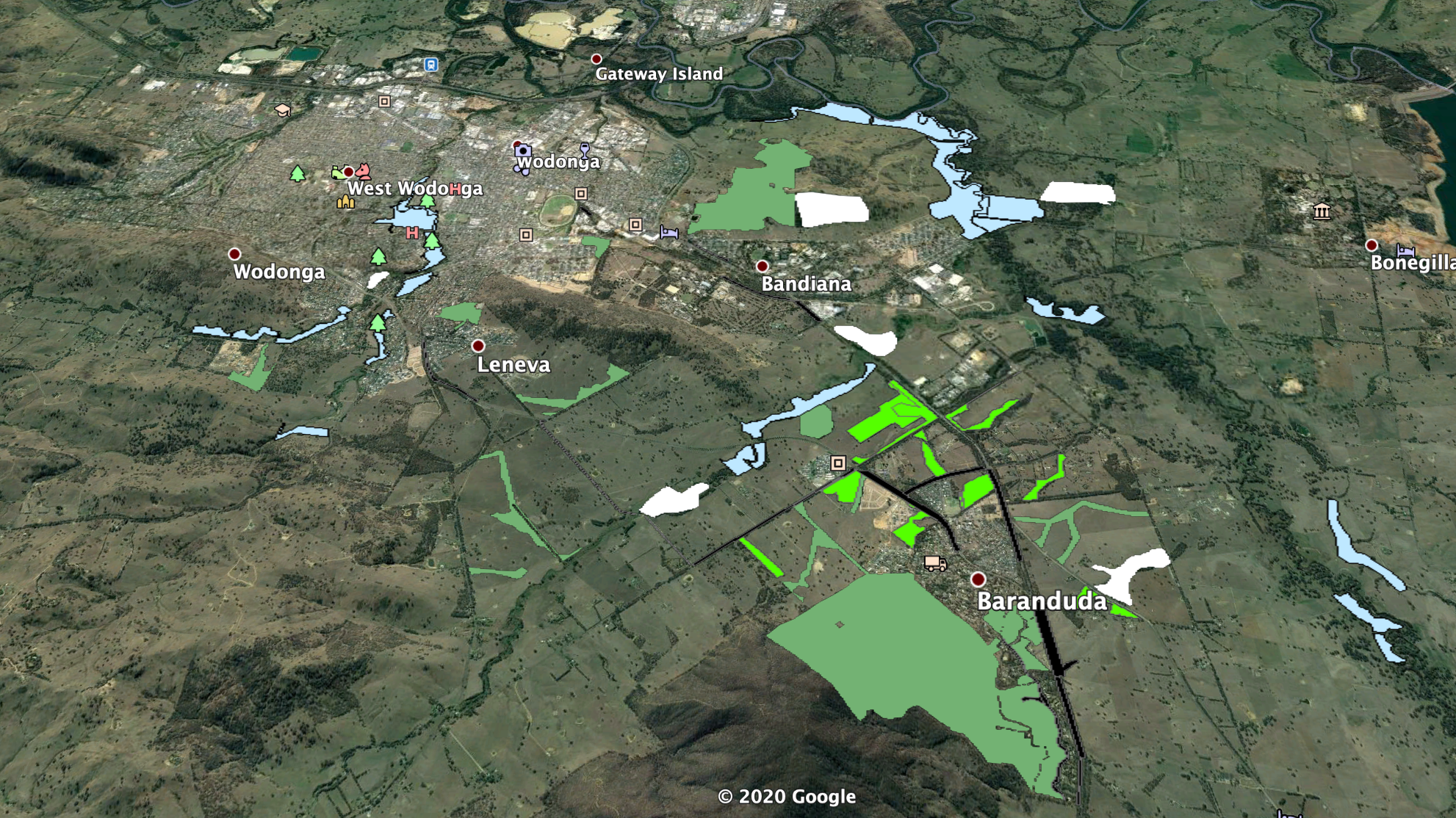
Over 60 sites across Wodonga have been selected for the moniotoring program.
What is the future direction of the program?
- Our Spring 2020 monitoring in Albury is underway. We will continue monitoring in Albury for at least until June 2021 thanks to a three year funding commitment from Albury City Council. We are preparing to negotiate funding of the program beyond the current commitment.
- We have also recently expanded the program into City of Wodonga (Vic) thanks to a major three-year grant fromt the Ross Trust, and partnership with Wodonga Council. Monitoring began in winter 2020, and will again be undertaken in Spring.
- This is a major boost for the program, and a significant step towards achieving strategic cross-border monitoring of threatened species. Initially, our focus will be arboreal mammals, primarily Squirrel Glider and Brush-tailed Phascogale.
How can community members participate?
- There are many ways that the Albury Wodonga community can participate in the program.
- Over 100,000 images have been captured by the cameras in round one of the program. For interested volunteers, we would love a hand checking individual photos and identifying which ones contain gliders and other wildlife – please get in touch with us if you are interested.
- We will be conducting events to promote the program – follow us on Facebook for announcements.
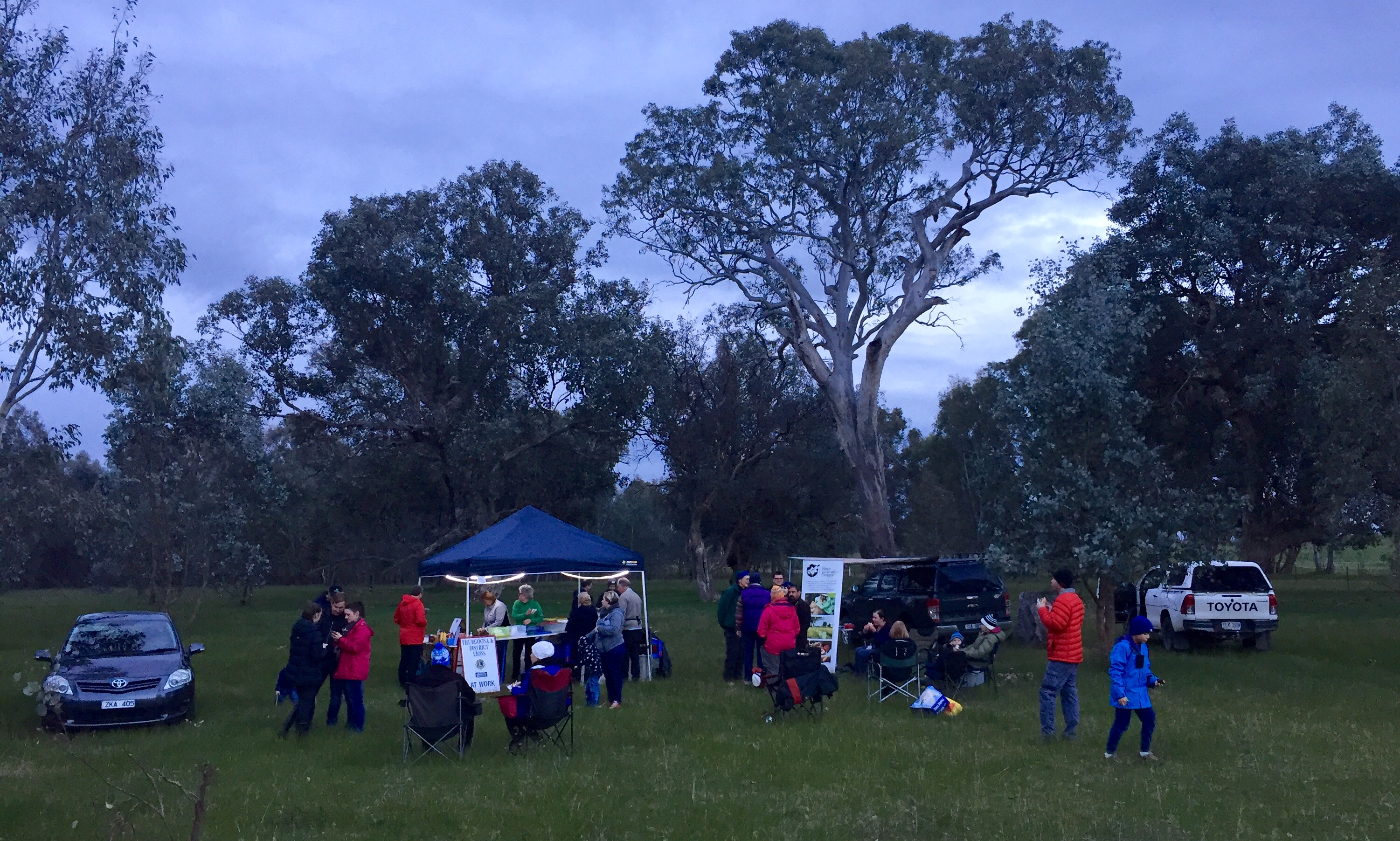
80 community members attended two spotlighting nights hosted by Albury Conservation Company during 2018
Program Reports:
- Winter 2018 – Squirrel Glider Monitoring Program – Thurgoona / Wirlinga, NSW
- Spring 2018 – Squirrel Glider Monitoring Program – Thurgoona / Wirlinga, NSW
- Autumn 2019 – Squirrel Glider Monitoring Program – Thurgoona / Wirlinga, NSW
- Spring 2019 – Squirrel Glider Monitoring Program – Thurgoona / Wirlinga, NSW
NOTE: The 2020 report will combine the monitoring results from both Albury and Wodonga, and is scheduled for release in early 2021.
Program Funders:
We are deeply grateful to the following organisations for the funding they have provided:
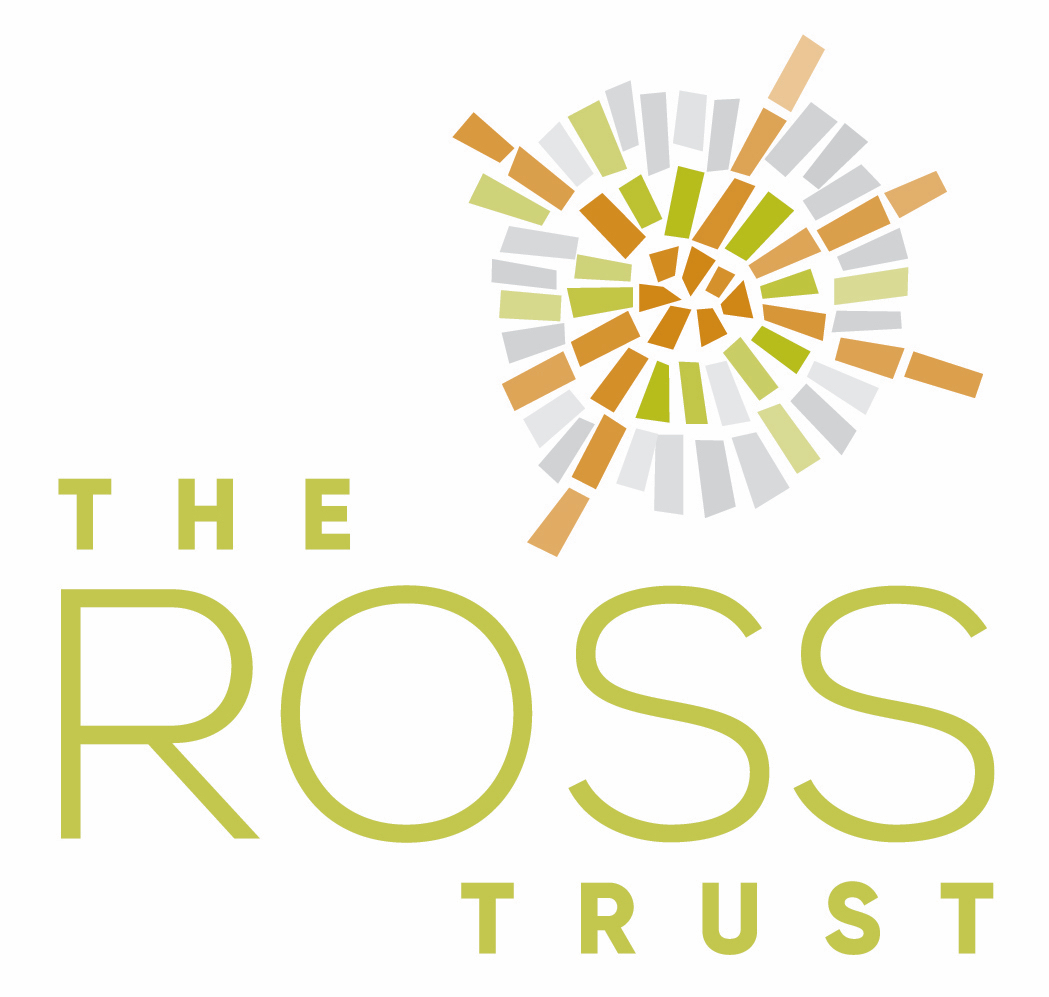
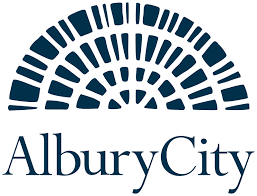
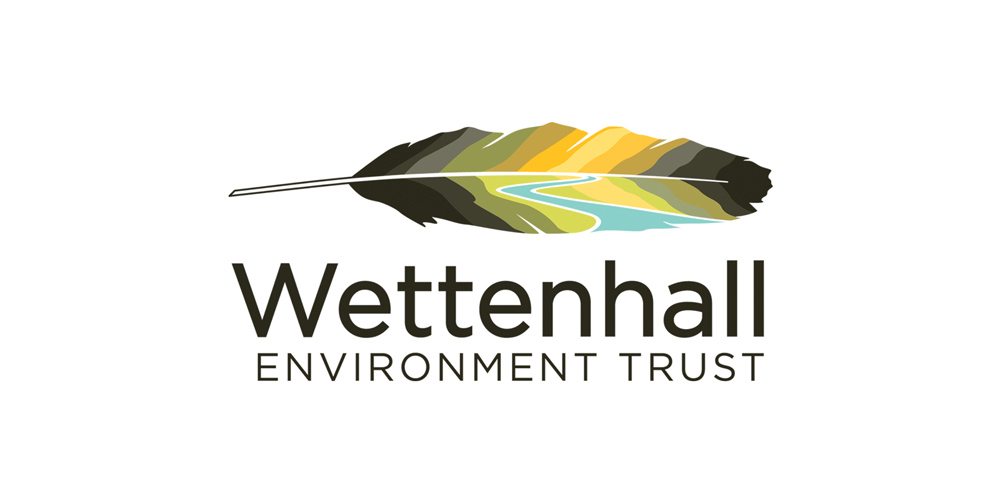

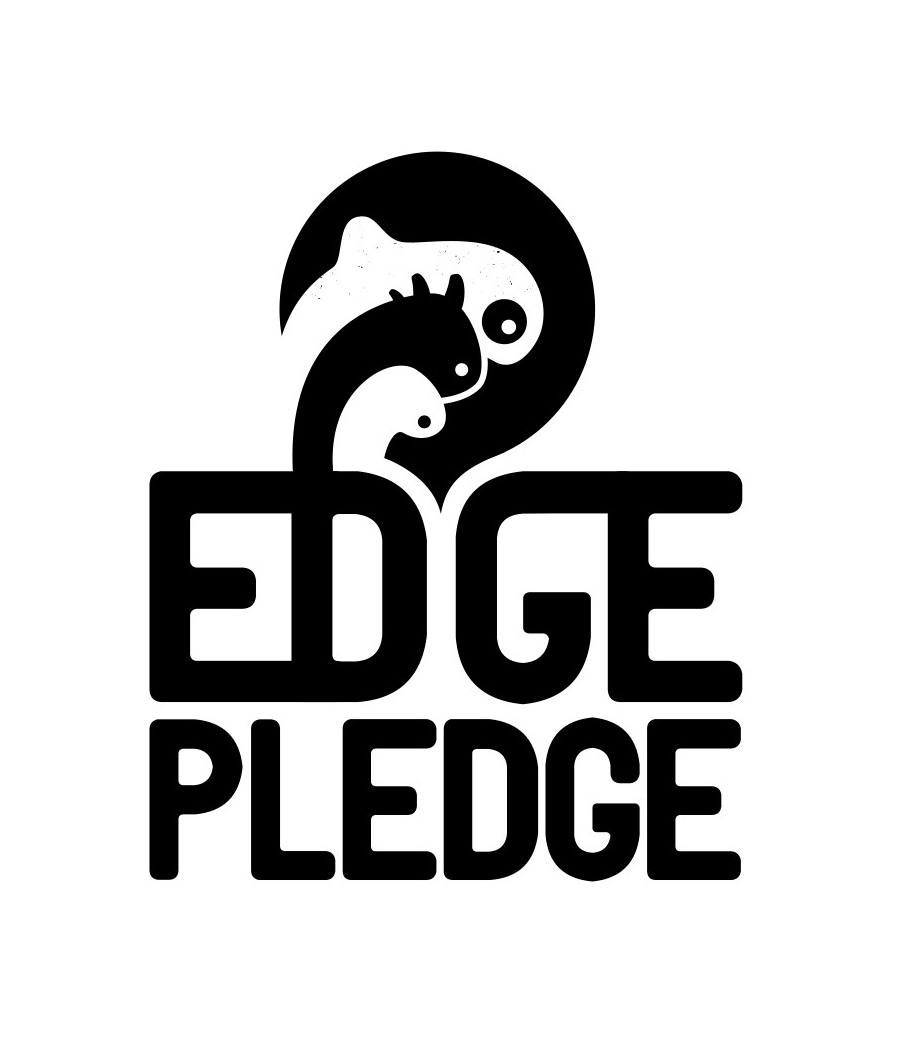
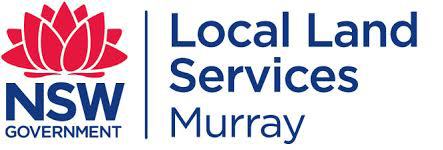
Program Partners:
For more information:
- Contact our Executive Officer (Sam Niedra) – M 0447 183 747, [email protected]
- Follow us on Facebook: www.facebook.com/alburyconservationco
- Join our mailing list by filling in your details at the top right hand corner of this website.


